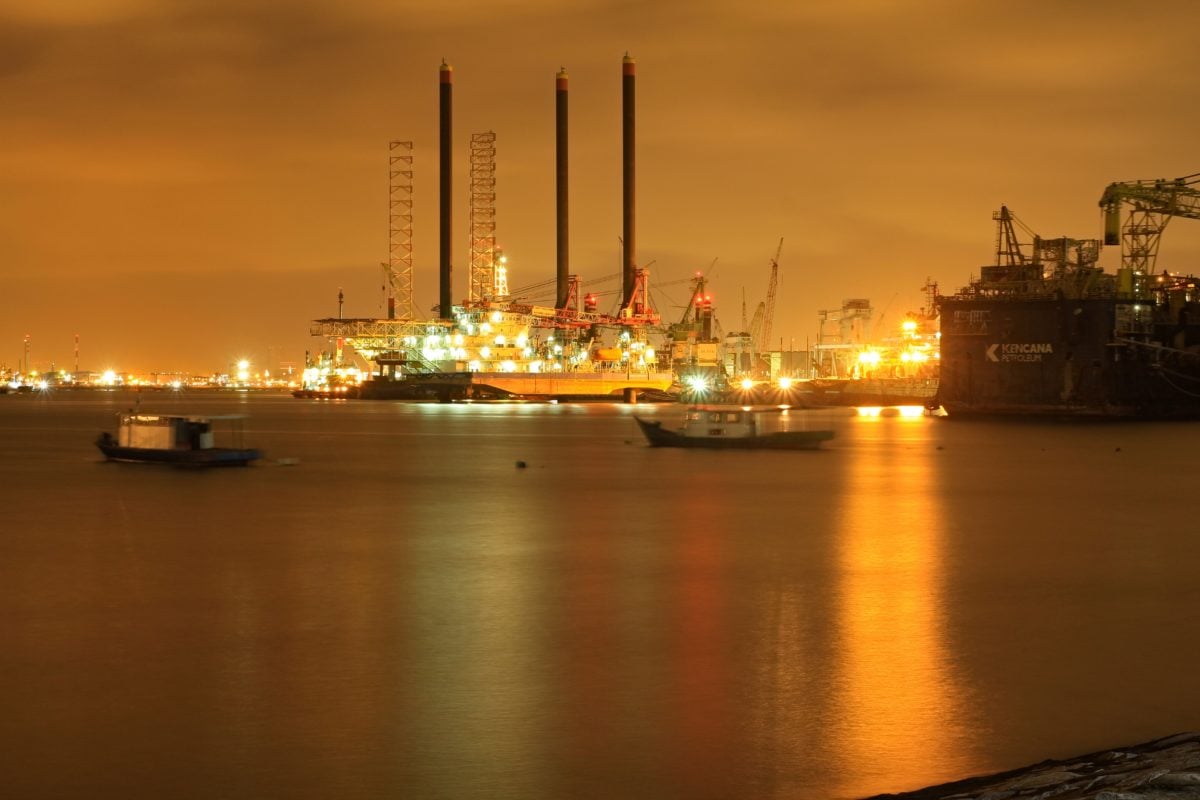In a world where energy resources are pivotal to our everyday lives, the resilience and innovation of the oil industry continue to shine. Amid the ebbs and flows of the global economy, the keyword we all have our eyes on is oil recovery.
As we delve into the fascinating world of oil, this article explores not only the strategies behind oil recovery but also the vital components of this complex industry, including oil tanks and oil rigs.
Trading Oil: The Lifeline of the Industry
When it comes to the lifeblood of the oil industry, it’s all about trading oil. The global market for crude oil is an intricate web of transactions that keeps economies running and wheels turning. To understand how oil recovery truly functions, we must first grasp the dynamics of oil trading.
The U.S. West Texas Intermediate crude (WTI) saw a modest increase of 21 cents, equivalent to a 0.3% uptick, reaching a price of $83.84 per barrel. Simultaneously, Brent crude exhibited a similar 0.3% gain, rising by 26 cents and settling at $87.09 per barrel, all of this occurring as of 0605 GMT. These price fluctuations reflect the ongoing dynamics within the global oil market.
Throughout the week, WTI experienced a notable surge, accumulating a growth rate exceeding 5%. Meanwhile, Brent crude saw a more modest increase of approximately 3%. These price movements underscore the market’s sensitivity to various factors impacting the oil industry.
Traders monitor the ebb and flow of oil prices, buying low and selling high to maximise profits. They also navigate complex logistics, including the transportation of crude oil in massive oil tanks across oceans. Without the expertise of these traders and the infrastructure of oil tankers, the world would experience severe energy shortages.
Cutting-Edge Oil Extraction Machines
Oil recovery wouldn’t be possible without the advancement of technology in the form of oil extraction machines. These machines are the workhorses of the oil industry, tirelessly drilling, pumping, and extracting crude oil from beneath the Earth’s surface.
Notably, Saudi Arabia’s oil exports have witnessed significant shifts in recent times. Export figures to key destinations have experienced remarkable fluctuations. Exports to China, for instance, have reached their lowest levels since June 2020. Likewise, Saudi oil exports to Japan and South Korea have declined to the lowest levels observed. This reflects evolving trade dynamics in the region and the global oil market’s continued adaptation to changing circumstances.
In recent years, the development of cutting-edge oil extraction machines has revolutionised the industry. These state-of-the-art devices maximise efficiency while minimising environmental impact. They employ advanced drilling techniques, AI-driven data analysis, and automation to pinpoint the most promising oil reserves, making the extraction process more precise and environmentally friendly.

Oil Tanks and Rigs: The Backbone of Oil Recovery
To ensure a steady supply of oil, it’s essential to have a robust infrastructure for storage and transportation. This is where oil tanks come into play. These colossal vessels serve as temporary homes for millions of barrels of crude oil, allowing for strategic storage and efficient distribution.
In times of excess supply, oil tanks serve as reservoirs, preventing oil prices from plummeting. Conversely, during periods of high demand or geopolitical instability, they ensure a steady oil supply to the market. The strategic placement of oil tanks worldwide is a testament to the industry’s adaptability and resilience.
In another noteworthy development, Saudi Arabia’s oil exports to the United States have hit their lowest point in at least six years. The volume of crude oil sent to the United States is a mere 81,000 barrels per day, marking a significant departure from historical trends. This shift underscores changing patterns in global oil trade and the diversification of the United States’ energy supply sources.
Drilling Deep – The World of Oil Rigs
On the other end of the spectrum, we have oil rigs, the unsung heroes of oil recovery. These towering structures are deployed in some of the harshest environments on Earth, from the icy waters of the Arctic to the sweltering deserts of the Middle East.
The recent movements in oil prices, particularly the increases in WTI and Brent crude, indicate the intricate interplay of factors shaping the oil market. The potential extension of Saudi Arabia’s oil production cut, in conjunction with shifting export patterns, highlights the ongoing efforts of major oil-producing nations to navigate the complex landscape of global energy supply and demand. These developments underscore the significance of continuous monitoring and analysis within the ever-evolving oil industry.
As we continue to rely on oil as a primary energy source, the world of oil recovery remains dynamic and indispensable. From the intricate world of trading oil to the critical roles played by oil tanks and oil rigs, the industry is a testament to human ingenuity and adaptability. As we look to the future, it’s clear that oil recovery will continue to evolve, ensuring a steady supply of energy for generations to come.
- SEO Powered Content & PR Distribution. Get Amplified Today.
- PlatoData.Network Vertical Generative Ai. Empower Yourself. Access Here.
- PlatoAiStream. Web3 Intelligence. Knowledge Amplified. Access Here.
- PlatoESG. Automotive / EVs, Carbon, CleanTech, Energy, Environment, Solar, Waste Management. Access Here.
- PlatoHealth. Biotech and Clinical Trials Intelligence. Access Here.
- ChartPrime. Elevate your Trading Game with ChartPrime. Access Here.
- BlockOffsets. Modernizing Environmental Offset Ownership. Access Here.
- Source: https://www.financebrokerage.com/oil-prices-the-losing-streak-amidst-tightening-supplies/



